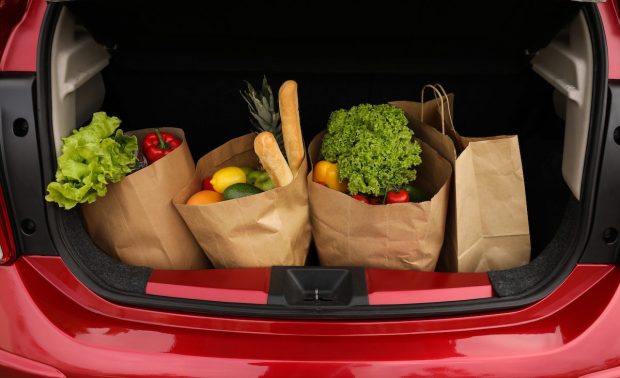Curbside Online Grocer Sees 50% Retention Rate With New Customers

As grocers look to drive eCommerce sales, curbside is key.
With consumers increasingly opting for the convenience of the channel, curbside-only grocers with no public-facing stores have been emerging in an effort to meet this demand without the cost and inefficiencies of running a typical supermarket.
In an interview with PYMNTS, Alex Ruhter, CEO and co-founder of recently-opened curbside grocer JackBe, discussed the potential of the model to boost eGrocery loyalty.
“In the first month since we’ve opened, 50% — half — of the people that have come and tried our facility have come back for more than one order,” Ruhter said. “And when you look at that trend across other areas in the food delivery kind of grocery industry, I believe we’re trending higher than what would typically be the average in that area.”
Granted, this sample may be skewed by the fact that the consumers who would try the option out in the first month may be among the more amenable. Still, consumers seem to increasingly be seeking out pickup options.
Pickup Picks Up
Pickup is on the rise across eCommerce industries, according to data from the “2023 Global Digital Shopping Index” a PYMNTS and Cybersource collaboration based on surveys of over 13,000 consumers and 3,000 merchants in six nations. The study found that nearly one-third of the U.S. consumers who made their most recent purchase online — 16 million individuals — did so via curbside or buy online, pick up in store (BOPIS) channels, a 37% increase over the previous year.
“As it stands right now if you place an online order, really for anything whether it’s Amazon or groceries, you are dealing with having to schedule your life around getting those things,” Ruhter said, arguing that the need to block out an hour-plus-long time slot runs counter to consumers’ expectation of on-demand convenience.
Indeed, the relatively slow adoption of online grocery would suggest that there remains a significant amount of friction in the process. Research from PYMNTS’ study “Changes in Grocery Shopping Habits and Perception,” which drew from a December survey of more than 2,400 U.S. consumers, found that 45% shop for groceries online at least some of the time. However, only 7% of grocery shoppers do so all the time, while a far greater 54% shop in stores all the time.
Plus, findings from PYMNTS study “The ConnectedEconomy™ Monthly Report: The Gender Divide Edition,” which drew from a survey of more than 2,600 U.S. consumers in October, revealed that 45% of men and 36% of women buy groceries online for curbside pickup, more than said the same of any other digital grocery channel.
The Produce Conundrum
Ruhter noted that another common point of friction for consumers with leading online grocery options is frustration with undesired substitutions and a third is consumers’ distrust of digital channels for purchasing fresh fruits and vegetables. Regarding the former, the eGrocer’s inventory-tracking prevents substitutions, and as to the latter, Ruhter noted that store associates will offer customers the chance to see their produce before it is loaded into their car.
Indeed, “The Changes in Grocery Shopping Habits and Perceptions” study noted that consumers disproportionately continue to buy fruits and vegetables in physical stores. While only 44% of consumers purchase more than half of their grocery store items in stores, on average, 53% purchase most of their fresh produce in physical stores.
Taking on the Giants
When asked if legacy grocers should be worried, Ruhter maintained that they should not because curbside-only players such as JackBe carry a much more limited selection and therefore meet a different consumer need.
Yet, if shoppers are beginning to get their groceries from the curbside grocer multiple times a month, those occasions are certainly coming from somewhere — it is not as if those same shoppers are suddenly eating an entirely new meal each day.
“There will always be a market for people that need to go in the store, and they want to find specific items,” Ruhter said. “What we’re attempting to do is not replace grocery stores. What we’re trying to do is make it easier for families to get regular grocery needs at home so that they can have a dinner — have a meal — on the table on a given evening.”
